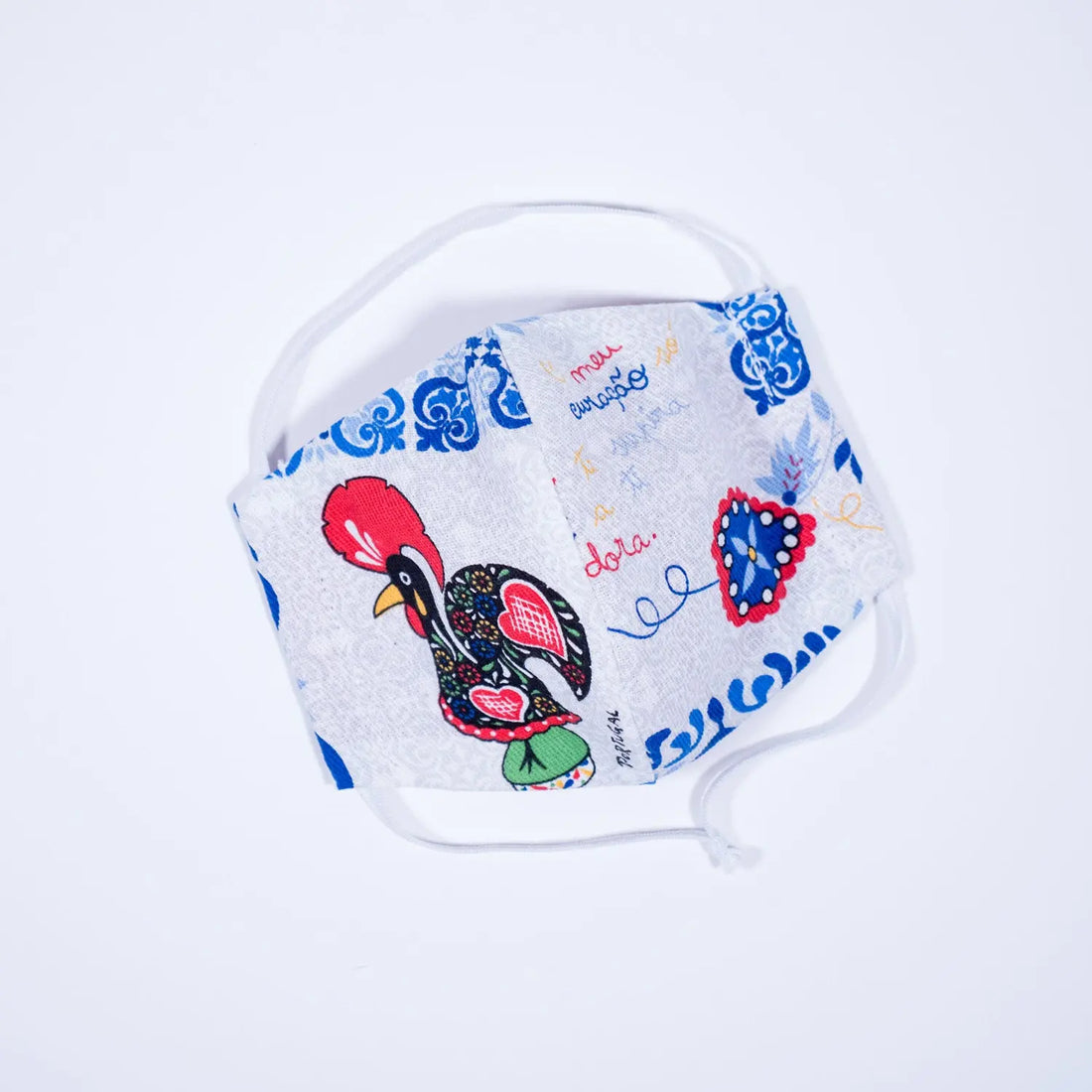As many are on the front lines of this fight against COVID-19, I feel it is our responsibility for those that can sew to make medical masks to donate to those in need of them.
In order to make a mask that is surgically compliant and will protect the medical professionals, we need to follow guidelines as outlined below per the FDA and CDC. Please note, I am following these guidelines and am not a medical professional.
I recommend you review the differences and determine which you can quickly make. Also, keep in mind your sewing skills and supplies you are able to collect. I thought it was going to be easy to just start sewing as I can sew quickly. I realized I needed to share information to help sew these masks properly. I've included guideline links below and extracted key points to guide you through making each type of mask.
Government Guidelines:
US regulations on medical devices for protection
https://www.fda.gov/medical-devices/personal-protective-equipment-infection-control/n95-respirators-and-surgical-masks-face-masks
Surgical masks are regulated under 21 CFR 878.4040
https://www.accessdata.fda.gov/scripts/cdrh/cfdocs/cfcfr/cfrsearch.cfm?fr=878.4040
Infographic on understanding the difference between surgical masks and N95
https://www.cdc.gov/niosh/npptl/pdfs/UnderstandDifferenceInfographic-508.pdf
I am putting this together to help people use the correct supplies to make masks that will comply with the regulations outlined by the CDC. Please note, I am not in the medical industry and am only designing the mask and following the CDC guidelines. Please use your own discretion in following guidelines.
https://www.cdc.gov/coronavirus/2019-ncov/hcp/ppe-strategy/face-masks.html
What you need to get started
Surgical Mask:
To make a surgical mask, you need to have the following supplies, make these with the intention that they are disposable and would be thrown away after 1 use.
Intended Use and Purpose: Fluid resistant and provides the wearer protection against large droplets, splashes, or sprays of bodily or other hazardous fluids. Protects the patient from the wearer’s respiratory emissions.
Supplies
- Polypropylene (filtration layer that is critical)
- Cotton
- Elastic
- Wire
Features:
a: Bacterial Filtration Efficiency (B.F.E) >99%
b: Particle Filtration Efficiency (P.F.E) >99%
c: Easy Breath-ability, perfect fitting, soft and comfortable
d: Nose bar adaptable
e: High Filtration Capacity
f: Ultrasonic bonding ensures more hygienic and safety
g: No Fiber Glass and Latex, ensures no irritation to skin and respiratory system

Due to the shortage of supplies and delays in getting items for weeks or months from Amazon, I've found these options to expedite getting started.
Polypropylene - buy it from Overstock.com - click the link to take you directly there
Wire - Sample images are included below, I've found 8" wire twists in the garden section at Home Depot. You can cut these in half and 1 bag will give you the ability to make 200 masks.
Cotton - You can be creative here cut up old sheets or get some from fabric store if possible.
Elastic - I used 1/4" elastic but you can use 1/8 or rope elastic.
These images will show you the way to layer the plys. I would recommend 2 plys of the polypropylene for top 2 layers and then the cotton for ply against the face.
We need to include a wire to close the gap at the top and properly pinch tightly to the bridge of the nose.


Preparing:
I recommend cutting all your pieces first and having them ready to sew.
1. Cutting
Cut 9 x 6" pieces of each material
- 2 plys: polypropylene (top and filter layer)
- 1 ply: cotton (inside/face layer) - 1 piece wire- 4"
2. Sewing
There are many ways to sew these masks and kudos to all of the home sewers that have already made mask sewing videos. I've delayed my own process of getting started sewing for the sake of bringing you a method that is fast and effective for larger output. Be assured that this is what I do professionally in my career as I've spent 25+ years teaching people how to sew in the sewing factories. My profession, however, is not constructing medical masks. For materials used, I'm following CDC guidelines and passing those on to users of this instructional.
I will be adding more information here, please book mark this link and check back.




